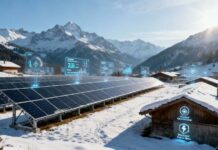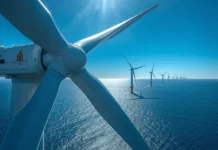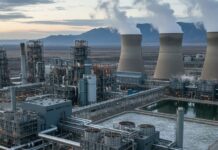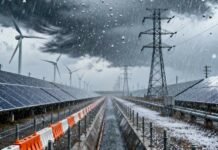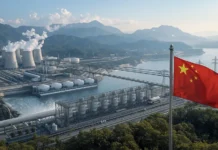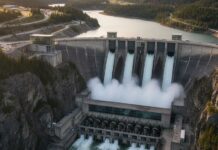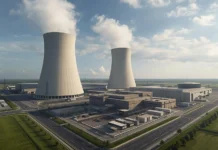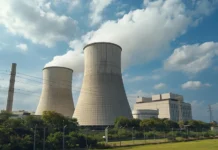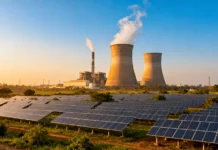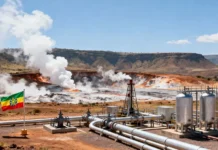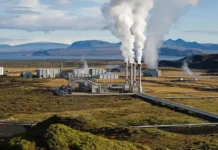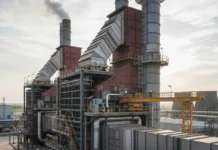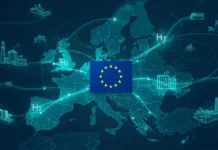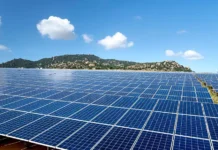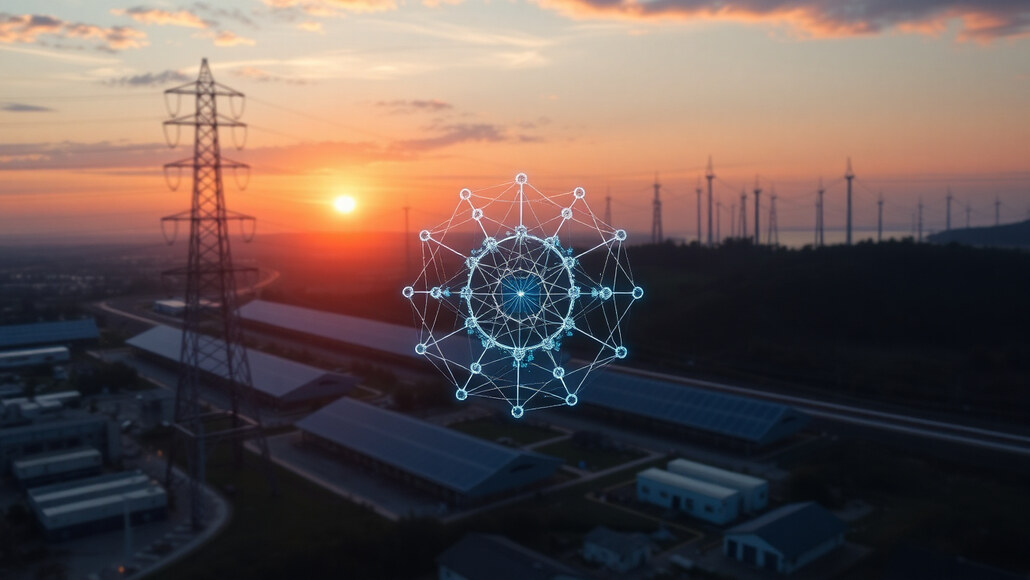Distributed Intelligence: Using AI to Manage Power
In today’s fast-changing energy management environment, distributed intelligence is a revolutionary application of artificial intelligence (AI). While the world struggles to meet growing power demands as it makes the shift towards renewable energy sources, conventional centralized power systems are being put under extreme pressure. Distributed intelligence, fueled by AI, is poised to revolutionize the way we manage, distribute, and optimize power. This is not merely a technology to enhance efficiency or stability; it is technology to build a smarter, more durable energy future that is supportive of environmental sustainability and energy fairness.
The Shift Toward Distributed Power Networks
The worldwide energy industry has traditionally been based on centralized electricity grids, where electricity is produced in massive utility plants and shipped through conventional grids. But with the advent of new renewable sources of power such as solar, wind, and water, new complexities have been introduced in managing supply and demand of energy. These sources of power, though clean and plentiful, are variable and decentralized by nature.
Distributed intelligence powered by AI presents a solution to these issues by making energy systems highly autonomous and responsive. In this scenario, local AI systems that are integrated in smaller energy assets ranging from solar panels and wind generators to home battery systems and electric vehicles collaborate to make power flow optimal in real-time.
This strategy moves the energy system from a centralized top-down model to a decentralized, dynamic network with distributed intelligence. Detection, analysis, and response to power variations on a granular basis are crucial for system reliability and efficiency in a world where the reliance on renewables is growing.
AI-Powered Optimization and Predictive Analytics
The essence of distributed intelligence lies in AI’s capacity to collect and scrutinise extensive data flows instantaneously. From tracking weather trends to anticipate solar and wind energy production to scrutinising past consumption data for accurate demand predictions, artificial intelligence is transforming all facets of power management.
A significant application of AI within the realm of distributed intelligence is predictive analytics. Utilising machine learning algorithms allows energy systems to foresee potential challenges—like equipment failures or spikes in demand—prior to their emergence. This forward-thinking strategy effectively reduces power outages, lowers operational expenses, and guarantees a smooth energy supply.
For example, AI algorithms used in wind farms can track turbine performance and proactively arrange maintenance, cutting downtime by up to 30%. In urban environments, the application of distributed intelligence plays a crucial role in optimising power consumption across various buildings, electric vehicle charging stations, and public infrastructure, leading to a substantial decrease in energy waste.
Enabling Seamless Integration of Renewables
One of the strongest arguments in favor of distributed intelligence is its ability to integrate renewable energy into mainstream grids. One of the challenges that has always faced the large-scale deployment of renewable energy is their variability. Solar and wind power are subject to the weather, with sunlight and wind speed varying by the hour and the minute.
AI-powered distributed intelligence systems address this issue by taking in data from decentralized renewable energy installations and applying it to real-time grid adjustments. In 2025, for instance, grid managers in Europe are using distributed intelligence to handle the unprecedented volume of solar and wind power. With AI helping to balance loads and stabilize voltage levels, these systems ensure that clean energy contributions are optimized while the grid’s reliability is maintained.
Also, distributed intelligence makes possible energy storage alternatives that are vital in mitigating the intermittency of renewable sources. The AI devices can determine when to recharge excess energy in the battery and when to supply it back to the grid, maximizing storage utilization and minimizing energy waste.
Microgrids and Energy Independence
Distributed intelligence is also propelling the growth of microgrids, small-scale, localized energy systems with the ability to function separately from main grids. Such systems are especially important in rural or disaster-stricken regions where grid access is unstable.
AI-based distributed intelligence microgrids can autonomously control energy generation, storage, and usage within their grid. They have the ability to sense faults, redirect energy to essential zones, and even disconnect from larger grids in case of emergencies, providing uninterrupted power supply.
Further, microgrids are also helping to foster energy equity. By facilitating localized and sustainable power production, they make it possible for communities to become energy-independent, displacing dependence on centralized utilities and fossil fuels.
A Boon for Smart Cities
Smart cities, the technologically advanced urban areas where technology and sustainability meet, are benefiting from distributed intelligence. AI-driven systems are at the heart of smart city energy optimization, from controlling lighting and HVAC systems within buildings to integrating public transportation and EV charging networks.
By 2025, cities such as Singapore and Amsterdam are using distributed intelligence to meet ambitious energy targets. Highly developed AI algorithms track and regulate thousands of networked devices, coordinating energy to where it’s most necessary. They also allow cities to dynamically adapt to shifts in energy supply and demand, making them more resilient to outages.
Incorporation of distributed intelligence into smart city architectures should decrease urban energy use by as much as 20%, a valuable contribution to worldwide sustainability initiatives.
Challenges in Implementation
Although the benefits of distributed intelligence for power management are there, implementation presents problems. Security of data is the main issue since distributed systems entail continuous data sharing between devices and the central points. Protection of this data from cyber attacks is important to the sustainability of the trust and reliability of the systems.
Interoperability is a challenge as well, since distributed intelligence necessitates smooth communication among heterogeneous devices and software platforms. Standardizing these technologies to be compatible is an ongoing process.
Finally, the initial expense of implementing AI and distributed intelligence systems may be a challenge for smaller utilities and communities. But as these technologies mature and become more cost-effective, their penetration is likely to increase exponentially.
The Road Ahead
AI and distributed intelligence are at the forefront of a transformation in the global energy industry. A new era of intelligent, effective, and sustainable power management is ushered in by the convergence of these technologies.
Distributed intelligence guarantees that power grids are not only robust to the problems of today but also ready for the demands of the future by facilitating real-time optimisation, improving the integration of renewable energy, and empowering local energy systems.
Distributed intelligence will play an ever-more-important role as the world moves towards cleaner energy. Distributed intelligence is predicted to revolutionise the production, distribution, and consumption of power by 2030, making it a distinguishing characteristic of global energy systems.
A route to a more sustainable and just energy future is provided by the combination of distributed intelligence and artificial intelligence. These technologies will open up new avenues for creativity, cooperation, and sustainability as they develop further, guaranteeing that the power systems of the future benefit both people and the environment.



